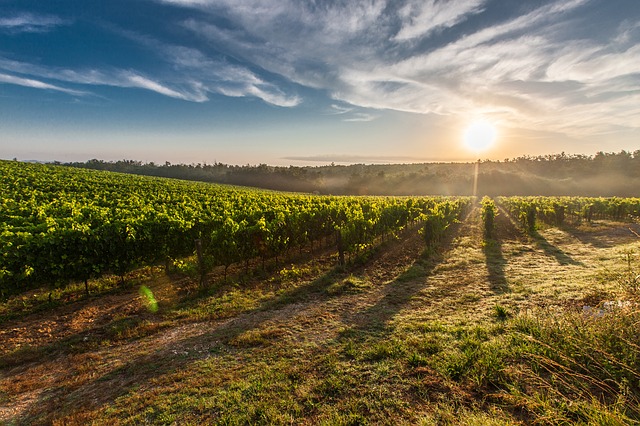Tourists flock to Napa Valley and Bordeaux because there is something special about the wines produced there. In the past, scientists have attributed the unique flavor and aroma of these wines, known as terroir, to environmental factors such as soil and climate. But wine variety may be most heavily influenced by a previously overlooked factor: genetic differences in populations of the Saccharomyces cerevisiae, the principal yeast responsible for fermentation. For the first time, scientists at the University of Auckland and the University of Lincoln have experimentally linked microbes to the subtle nuances of wine.
Though they may not evoke the sun-bedecked vineyards of France, microbes are critical to every step of the winemaking process. Their ability to ferment sugar from grapes into alcohol is well known. But microbes also secrete an array of secondary molecules that serve an interesting function in the process of winemaking. Perhaps the most significant of these secondary molecules are volatile organic compounds, which evaporate at room temperature and affect the smell of wine.
In a survey of six wine-producing regions of New Zealand, the team of scientists led by Sarah Knight determined that there are significant differences in volatile compounds produced by the regional sub-populations of S. cerevisiae. Variation in the concentrations of these compounds is essential in shaping the unique, local identity of wines.
“It was the answer that I thought was going to be the case — that the yeast matter a lot — but I did not see a way of actually showing that,” said Jeff Townsend, associate professor of ecology and evolutionary biology at Yale. “[The team] got around some of the issues that I thought might be quite challenging, such as really understanding the biochemistry of the yeast, by looking at the flavor compounds.”
To inform their research, members of the research team collected 3,900 isolates of S. cerevisiae from the six regions. In a paper published earlier this year, they found that these isolates comprised 295 genetically distinct strains of S. cerevisiae. More strikingly, they determined that each sampled region had a distinct sub-population of S. cerevisiae. This observation became the foundation for the present study: Since unique populations of yeast ferment the grapes in each region, the scientists predicted that they could have a differential impact on the flavor of the resulting wine.
The scientists-turned-vintners inoculated the representative isolates of S. cerevisiae in sterile Sauvignon Blanc juice from New Zealand, mirroring the process of winemaking. They determined how well the different yeasts fermented the juice by weighing how much sugar was lost. In all of the successful ferments, the team then determined the concentrations of 39 volatile compounds — known as the aroma profile — that affect the flavor and scent of wine. The team used the odor activity values of these different compounds to determine their relative importance in a wine’s aroma. An analysis of the results found a highly significant correlation between region and aroma profile.
The researchers noted several additional patterns. For instance, representative yeast isolates from the Nelson region produced the most ethyl isobutyrate and ethyl-2 methyl butanoate compared with those from other regions, while isolates from Central Otago and Martinborough produced the least. These two volatile compounds have an aroma that recalls apple and sweet fruit.
Though explorations of other microbes’ affiliations with wine are necessary, the study is an exciting first foray into how microbial communities influence wine identity. Poetic descriptors of wine flavor aside, wine tasting is becoming more and more of an exact science.
Cover image: Tuscan vineyards are known for their excellent soil, but the yeast S. cerevisiae plays just as big of a role in wine terroir. Image courtesy of Creative Commons.

